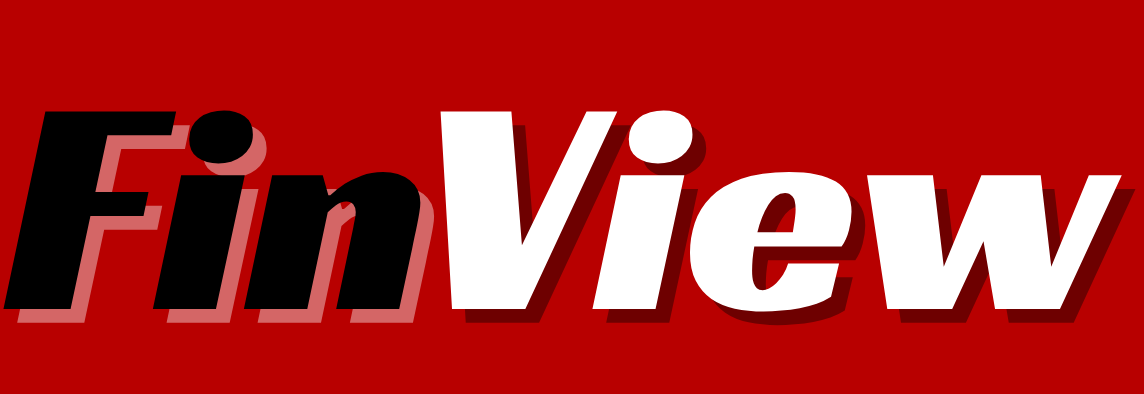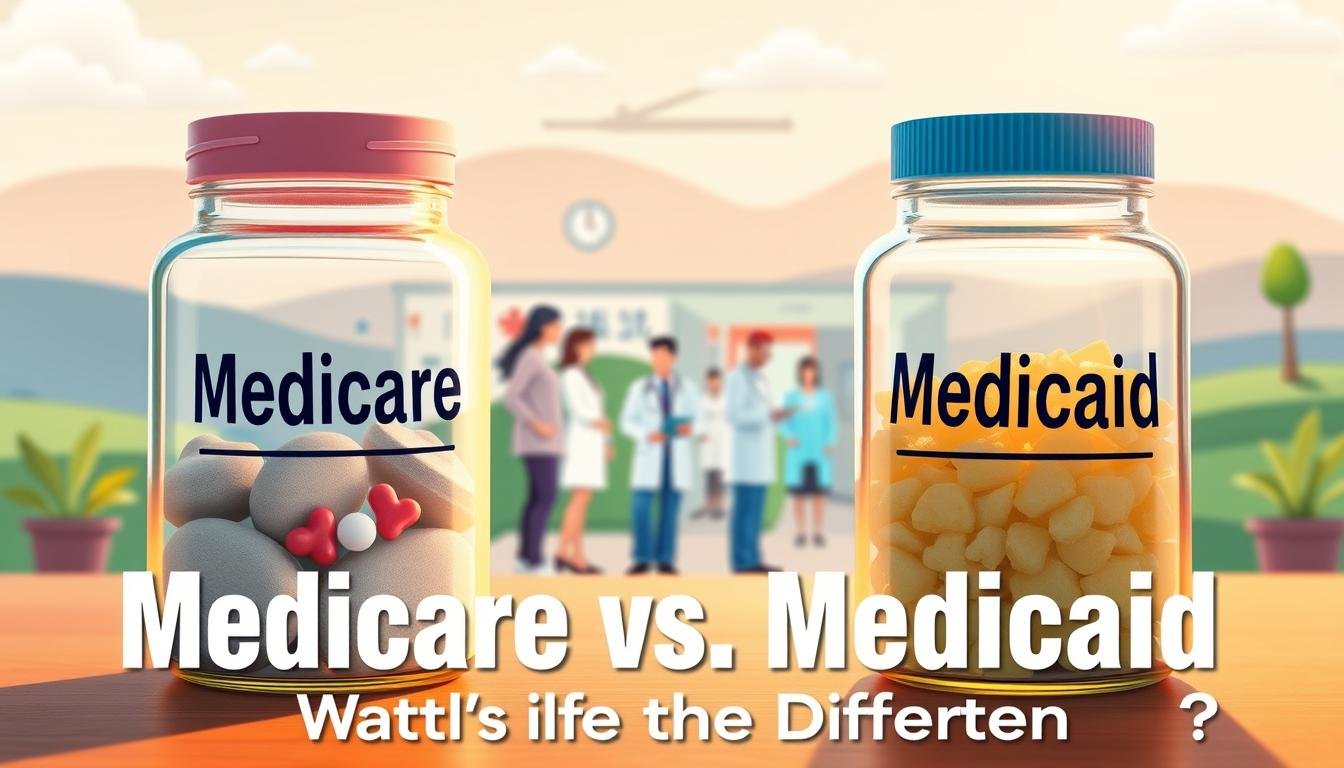In 2020, nearly 28 million Americans lacked health insurance, a figure that starkly contrasts with the plethora of coverage options available. This disparity highlights the intricacies and hurdles individuals encounter within the US healthcare framework.
The US health insurance landscape is characterized by a complex system, encompassing diverse insurance plans. Each plan offers a unique array of coverage and benefits, influencing interactions with healthcare providers. The Affordable Care Act, a landmark legislation, seeks to enhance accessibility and affordability of healthcare for a broad segment of the population.
Grasping the nuances of health insurance coverage is imperative for effective navigation through the US healthcare system. In the forthcoming sections, we will dissect the fundamentals, various health insurance categories, and strategies for optimizing your coverage. Our objective is to enlighten you, enabling you to make well-informed decisions regarding your health insurance requirements.
Key Takeaways
- Nearly 28 million Americans were uninsured in 2020, highlighting systemic challenges.
- Health insurance in the US involves various plan types with distinct coverage levels and benefits.
- Legislation like the Affordable Care Act plays a significant role in shaping health insurance policies.
- Understanding health insurance coverage is key to navigating the US healthcare system effectively.
- Subsequent sections will explore health insurance basics, types, and tips for maximizing coverage.
Understanding Health Insurance Basics
Health insurance is indispensable in mitigating healthcare expenditures by providing a safeguard against exorbitant medical costs. To make informed decisions regarding health insurance plans, grasping fundamental terminology and concepts is imperative.
Premiums denote the periodic payments necessary to sustain a health insurance policy. These premiums can be disbursed on a monthly, quarterly, or annual basis, contingent upon the plan’s structure. Accurate comprehension of premium costs is vital for financial planning and comparative analysis of various plans.
Deductibles represent the initial out-of-pocket expenditures incurred by the policyholder before the insurance entity commences coverage. A higher deductible typically correlates with lower premiums, influencing the overall financial viability of health insurance plans.
Co-payments and co-insurance embody the cost-sharing mechanisms between the insurance provider and the policyholder. Co-payments are fixed amounts payable for specific services, whereas co-insurance entails a percentage of the service cost. These elements significantly impact the financial burden on the policyholder.
The following table delineates the distinctions among the three primary health insurance plan categories prevalent in the US:
| Plan Type | Description | Access to Specialists | Cost |
|---|---|---|---|
| HMO (Health Maintenance Organization) | Requires primary care physician referrals for specialists; must use network providers. | Limited | Lower premiums, higher flexibility |
| PPO (Preferred Provider Organization) | Allows for more flexibility in choosing healthcare providers and accessing specialists. | High | Higher premiums, lower flexibility |
| EPO (Exclusive Provider Organization) | Similar to PPO but does not cover out-of-network care except in emergencies. | Moderate | Moderate premiums |
Comprehending these foundational concepts aids individuals in navigating the complex realm of health insurance. It ensures the selection of appropriate coverage tailored to individual needs and effective management of health insurance premiums. Achieving a harmonious balance between premium costs and coverage benefits is critical for both financial and health security.
Types of Health Insurance in the US
The landscape of health insurance in the United States is complex, encompassing employer-sponsored plans, individual and family coverage through the Affordable Care Act’s marketplace, and government programs such as Medicare and Medicaid. Each category is distinguished by its specific framework, benefits, and demographic focus. This diversity is critical for individuals and families seeking to navigate the healthcare system effectively.
Employer-Sponsored Insurance: Predominant in the US, this form of coverage is extended by employers to their employees as part of the employment package. It typically absorbs a substantial portion of the premium costs, encompassing dental and vision care within its benefits. This arrangement often results in lower out-of-pocket expenses for employees, facilitated by the economies of scale achieved through large group plans negotiated by employers.
Individual and Family Plans: Available through the Affordable Care Act’s marketplace, these plans cater to those without access to employer-sponsored insurance. They are categorized into metal tiers (Bronze, Silver, Gold, and Platinum), which denote varying levels of coverage and cost-sharing. Premiums for these plans can be subsidized based on income, rendering them accessible to a broad spectrum of individuals and families.
Government Health Programs: Medicare and Medicaid are designed to serve specific segments of the population. Medicare extends coverage to individuals aged 65 and older, as well as certain younger individuals with disabilities. Medicaid, conversely, targets low-income individuals and families. Both programs offer extensive healthcare services, often at no cost to the beneficiaries, underscoring their critical role in the healthcare ecosystem.
| Type of Insurance | Target Demographic | Key Benefits |
|---|---|---|
| Employer-Sponsored Insurance | Employees | Lower Premiums and Extensive Coverage |
| Individual and Family Plans | Self-Employed or Non-Employer Sponsored | Flexible Coverage Options |
| Government Health Programs | Low-Income Individuals, Seniors, Disabled | Comprehensive Healthcare Services, Minimal Cost |
How Health Insurance Works
Grasping the intricacies of health insurance is imperative for adeptly navigating healthcare costs. This system encompasses several critical financial elements, dictating what policyholders must contribute and the extent to which insurers will cover expenses.
Initially, premiums – the monthly stipends policyholders remit to sustain their coverage – are determined by risk assessments. These evaluations aggregate the collective health risks of the insured, influencing premium rates. A more diverse and healthier pool tends to lower premiums, fostering a balanced risk distribution.
Subsequently, policyholders encounter deductibles, the upfront costs they must absorb before insurance coverage commences. For instance, a $1,500 deductible necessitates personal expenditure before the insurer’s intervention. This dynamic, where higher deductibles correlate with lower premiums, strikes a balance in out-of-pocket health expenses.
Concurrently, copayments (or copays) and coinsurance play significant roles. Copays are fixed fees, such as $25 for a doctor’s visit, paid at the point of service. Coinsurance, conversely, is a percentage of the service cost borne by both the policyholder and the insurer. For example, with 20% coinsurance, the individual pays 20%, while the insurer covers 80%.
This framework of cost-sharing is engineered to enhance healthcare accessibility while managing healthcare costs. It incentivizes policyholders to make judicious financial decisions, contributing to the overall control of out-of-pocket health expenses.
Navigating Health Insurance Options
The task of selecting the appropriate health insurance options appears daunting, yet a thorough understanding of your family’s health requirements, current health status, and financial constraints can serve as a guiding compass. A fundamental aspect of this decision-making process involves a detailed comparison of the insurance plans available. This entails scrutinizing the network of healthcare providers, the specifics of the coverage, and the associated premium costs. To facilitate an informed decision, several factors must be considered:
- Family Size: Families of larger size may necessitate plans that offer broader coverage and an abundance of benefits to adequately address the medical needs of all family members.
- Health Status: Individuals grappling with chronic conditions should prioritize insurance plans that provide extensive coverage for their ongoing medical treatments.
- Budget: Opt for a plan that strikes a balance between premium costs and affordable out-of-pocket expenses.
Through meticulous comparison of health insurance plans, including a thorough examination of their networks and benefits, one can identify a plan that precisely meets their needs. Leveraging online tools and seeking advice from insurance brokers can provide invaluable insights tailored to your specific circumstances.
Further, constructing a comparison table can facilitate a side-by-side evaluation of different options:
| Plan Feature | Plan A | Plan B | Plan C |
|---|---|---|---|
| Network Size | Extensive | Moderate | Limited |
| Premium Costs | High | Medium | Low |
| Coverage Specifics | Comprehensive | Standard | Basic |
| Plan Benefits | Robust | Moderate | Essential |
This comparative approach aids in dispelling any ambiguities, ensuring that the chosen health insurance plan provides the requisite benefits for your specific circumstances.
The Enrollment Process
Grasping the complexities of the health insurance enrollment process is imperative for obtaining adequate health coverage. Annually, a designated period, known as the open enrollment period, is allocated for individuals to enroll in or modify their health insurance plans. It is vital to remain informed and proactive during this period, as failure to do so may severely limit one’s options.
Aside from the annual open enrollment, there exist supplementary opportunities denoted as special enrollment periods. These periods enable individuals to enroll in or alter their health insurance outside the conventional open enrollment. Special enrollment is activated by significant life events such as:
- Marriage or divorce
- Birth or adoption of a child
- Loss of existing health coverage
- Moving to a new area with different health plan options
To qualify for a special enrollment period, documentation of the qualifying event is required. It is prudent to prepare the necessary documentation in advance to facilitate a seamless transition into new coverage.
Effective management of both open and special enrollment periods is critical for ensuring access to health services and financial security. Gathering and organizing relevant information, understanding deadlines, and leveraging resources such as healthcare.gov can significantly streamline the health insurance enrollment process.
Understanding Coverage

Health insurance coverage is indispensable for effectively managing healthcare expenditures. It encompasses a broad spectrum of medical services, such as doctor visits, hospital stays, prescription medications, and preventive care. This comprehension empowers individuals to make informed decisions regarding their healthcare choices.
Conversely, it is imperative to grasp the exclusions in health insurance. These represent the medical services not covered by insurance plans. Common exclusions include cosmetic procedures, elective surgeries, and experimental treatments. Recognizing these exclusions is vital to avoid unforeseen out-of-pocket expenses.
| Covered Services | Exclusions |
|---|---|
| Doctor Visits | Cosmetic Procedures |
| Hospital Stays | Elective Surgeries |
| Prescription Medications | Experimental Treatments |
| Preventive Care | Non-prescription Drugs |
Comprehending these elements is essential for policyholders to navigate their health insurance coverage effectively. It prepares them for anticipated expenditures, ensuring they can maximize benefits while minimizing surprises in healthcare costs.
The Importance of Network Providers
The selection of network providers is imperative for the effective management of healthcare expenditures. Opting for in-network providers affords patients the advantage of pre-agreed rates, a direct result of negotiations between their insurance plans and healthcare entities. This choice can markedly reduce the financial burden associated with healthcare services, contrasting starkly with the costs incurred through out-of-network services.
Network providers are integral to the healthcare ecosystem. Insurers establish networks by securing contracts with healthcare providers and facilities, facilitating care at discounted rates. This arrangement ensures that patients receive medical attention at rates more favorable to their financial situations, alleviating the economic strain typically associated with healthcare expenses.
To elucidate the significance of selecting in-network versus out-of-network providers, consider the following:
| Type of Service | In-Network Costs | Out-of-Network Costs |
|---|---|---|
| Primary Care Visit | $30 | $75 |
| Specialist Visit | $50 | $120 |
| Emergency Room Visit | $250 | $600 |
The table clearly demonstrates that out-of-network costs are significantly higher than those associated with in-network providers. This disparity in costs emphasizes the critical importance of comprehending one’s insurance network and making judicious decisions regarding healthcare access.
In conclusion, the strategic utilization of network providers represents a potent approach to managing healthcare expenses and optimizing the value derived from insurance coverage. By remaining informed and prioritizing in-network care, consumers can adeptly navigate their health insurance landscape, effectively mitigating financial burdens.
Health Insurance and Preventive Care
The significance of preventive care within health insurance plans is profound. These interventions are crafted to uphold individual health and to identify health anomalies at their nascent stages, when they are most amenable to management. The deployment of no-cost preventive services not only enhances long-term health trajectories but also diminishes the overall expenditure on healthcare.
Many health insurance schemes encompass common preventive services without any copayment requirements. These services frequently comprise annual health assessments, vaccinations, screenings, and counseling. By availing themselves of these health insurance benefits, individuals can foster superior health, circumvent severe illnesses, and curtail future medical expenditures.
- Annual Wellness Exams
- Vaccinations (e.g., flu shots, measles)
- Screenings (e.g., blood pressure, cholesterol)
- Counseling (e.g., diet and smoking cessation)
Preventive care services also play a critical role in fostering a healthier populace. The Center for Medicare and Medicaid Innovation champions evidence-based prevention to empower individuals to realize their health aspirations and to foster choice and competition in the market. This strategy harmonizes with legislative initiatives aimed at augmenting and broadening health savings accounts and other tax-preferred accounts to facilitate greater accessibility and affordability of preventive care.
By capitalizing on these no-cost preventive services, individuals can substantially diminish health risks and reap the full benefits of their health insurance plans. It is imperative for individuals to comprehend the criticality of preventive care and to utilize these services consistently to ensure optimal health and well-being.
Common Challenges with Health Insurance

The complexities of health insurance often present formidable obstacles. Issues such as claims denials, the intricacies of the insurance appeals process, and the limitations of coverage can be overwhelming. Patients frequently encounter these challenges, unaware of how their patient rights safeguard them.
Claims denials stem from a variety of causes, including coding errors, lack of pre-authorization, or policy exclusions. Upon encountering a denial, it is imperative to scrutinize the explanation of benefits (EOB) meticulously. Understanding the rationale behind the rejection is the first step. The subsequent phase involves initiating a formal appeal. It is essential to familiarize oneself with the insurance company’s procedures and deadlines to avoid missing critical obligations.
Mastering the complexities of appeals can be facilitated by maintaining meticulous records of all interactions and documentation. Persistence in the insurance appeals process can often yield a favorable outcome. Being cognizant of patient rights empowers individuals to advocate for fair treatment. The law affords you the right to access necessary medical care and a just assessment of your claims. A thorough comprehension of these rights enables you to effectively contest any unjust decisions by your insurer.
- Pre-Authorization Issues: Certain procedures necessitate prior approval. Obtaining necessary pre-authorizations is vital to avoid future complications.
- Network Restrictions: Insurers frequently impose restrictions on healthcare providers. Familiarizing oneself with the plan’s network can prevent unexpected out-of-pocket expenses.
- Ambiguous Coverage Details: Policies often lack clarity regarding coverage specifics. Seeking clarification on covered services is essential to avoid surprises.
Overcoming health insurance challenges can be facilitated by knowing where to seek assistance. Many states provide ombudsman services to assist in disputes. Staying informed and proactive ensures that one’s patient rights are fully exercised, effectively navigating the various obstacles within the health insurance system.
| Challenge | Strategy |
|---|---|
| Claims Denials | Review EOBs, file appeals promptly, keep detailed records |
| Pre-Authorization | Check requirements with insurers before procedures |
| Out-of-Network Costs | Understand network limitations, seek in-network providers |
Tips for Maximizing Your Health Insurance
Optimizing health insurance necessitates a strategic approach to leveraging plan benefits, ensuring both fiscal prudence and holistic healthcare. Engaging with preventive care services is a cornerstone of this strategy. Many policies cover annual check-ups, vaccinations, and screenings without deductibles. Such utilization facilitates early detection of health issues, potentially averting the need for costly interventions.
Tracking healthcare expenditures is imperative for effective financial management. Maintaining a meticulous record of medical bills, copayments, and prescriptions is essential. This practice not only aids in daily financial planning but also during tax seasons, where medical expenses may qualify for deductions. It is vital to understand which expenses qualify under *tax-deductible medical expenses*.
Lastly, a thorough review of your health insurance plan’s benefits and network providers is indispensable. Familiarity with coverage limits, out-of-pocket maximums, and network restrictions empowers informed healthcare decisions. Opting for in-network providers can substantially lower costs due to the insurance company’s negotiated rates. Proactive management of these elements can significantly enhance both financial and health outcomes, improving your overall experience.






